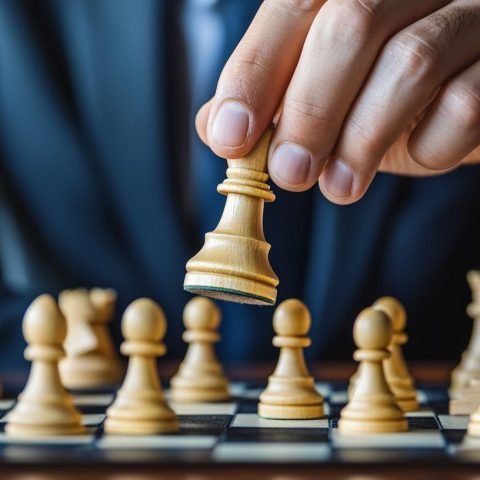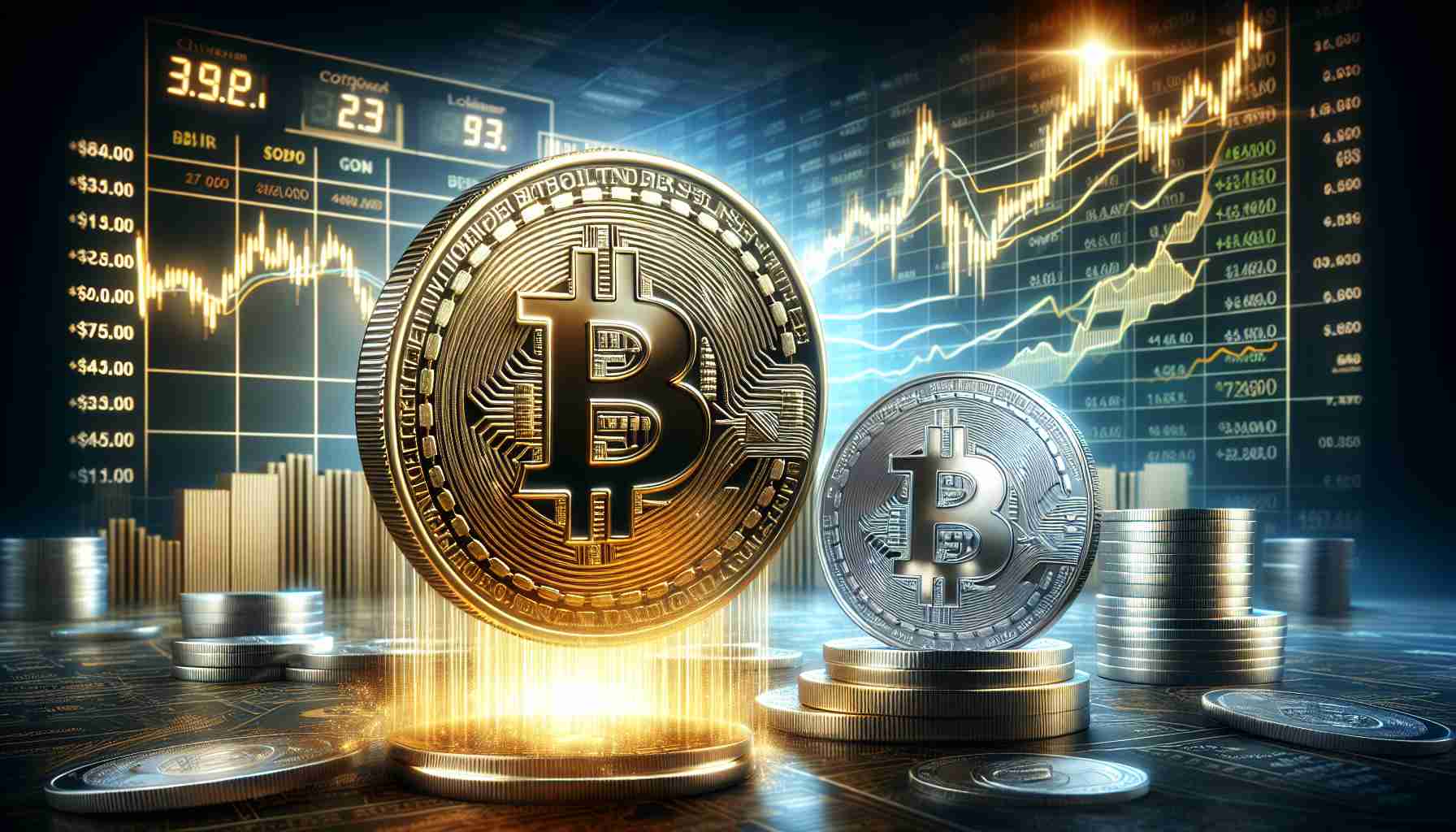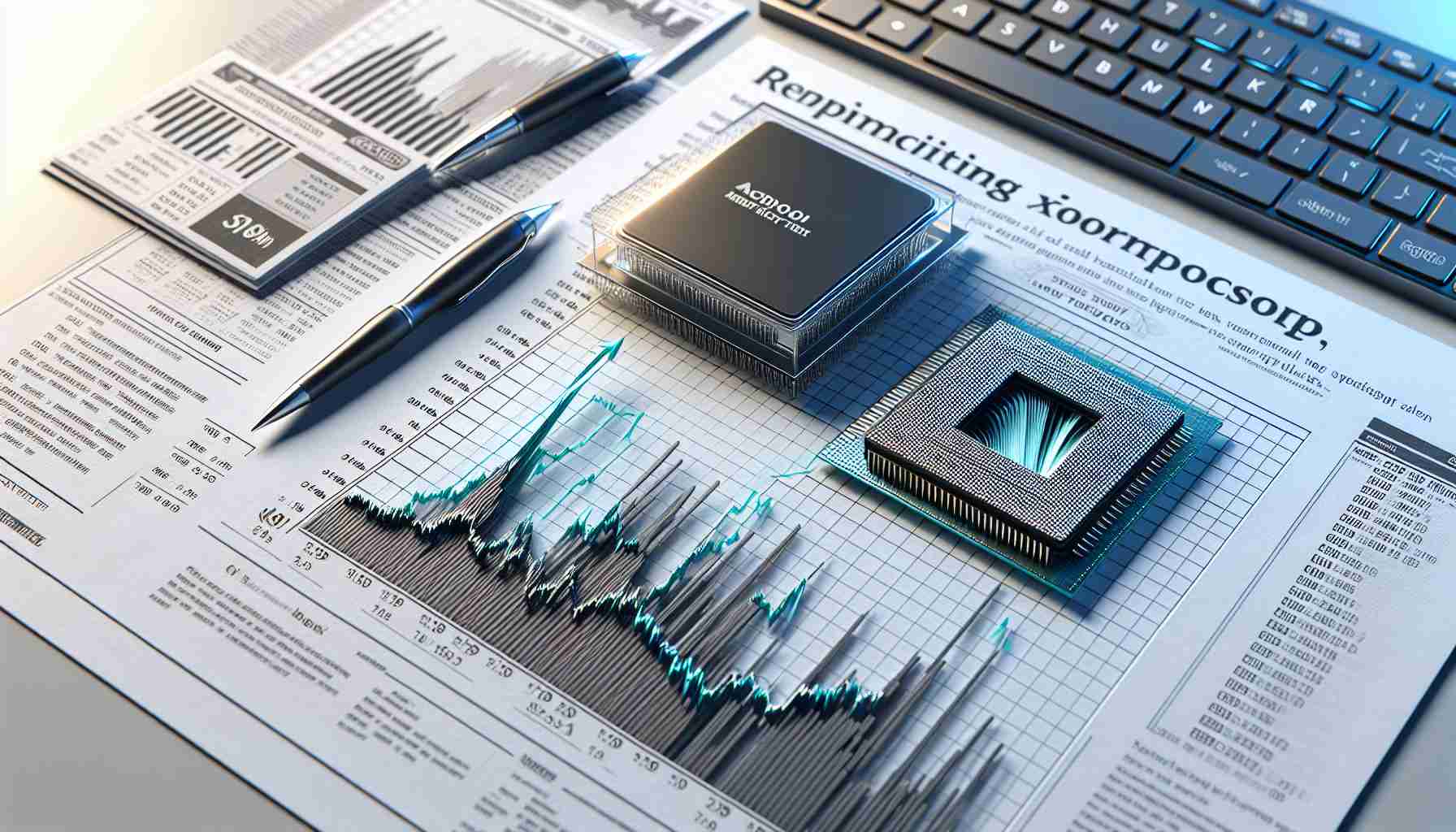Imagine a world where packaging becomes synonymous with eco-friendliness and resource responsibility. In a dynamic market shift, sustainable packaging solutions are taking center stage, catalyzed by the rising urban population. The utilization of bleached eucalyptus kraft pulp is at the forefront of this transformation.
Derived from eucalyptus trees known for their robustness and brightness, the pulping process involves converting these trees into pulp through the Kraft technique. The resulting bleached pulp meets the stringent requirements for applications like cartonboard, tissue paper, newsprint paper, and specialty papers. Embracing environmental programs and complying with plastic packaging regulations, the industry is embracing a sustainable revolution in packaging.
Packaging machinery manufacturers are also innovating with smart technologies to enhance product protection and shelf life, further catapulting the appeal of bleached eucalyptus kraft pulp. With its versatility and eco-friendly properties, this raw material is emerging as the go-to choice for companies striving for sustainable packaging solutions.
Furthermore, geographical demands highlight the Asia-Pacific region as a key consumer due to its dense population and urbanization rates. This growing trend showcases a paradigm shift towards environmentally conscious packaging practices, ensuring a greener future for packaging solutions worldwide.
Revolutionizing Sustainable Packaging: Unveiling New Frontiers in Raw Materials
As the world continues to pivot towards sustainable packaging solutions, an array of innovative raw materials are surfacing to revolutionize the industry even further. While the utilization of bleached eucalyptus kraft pulp has garnered significant attention, there are additional materials poised to make their mark in the eco-friendly packaging realm.
One such material that is increasingly gaining traction is mycelium, a substance derived from fungi that can be molded into various shapes to create packaging products. Mycelium-based packaging offers impressive insulation properties and is fully biodegradable, presenting a compelling alternative to traditional packaging materials.
Moreover, agricultural waste such as rice husks, sugar cane bagasse, and cornstarch are being repurposed to develop sustainable packaging solutions. These materials not only reduce waste but also provide a renewable source for packaging production, contributing to the circular economy model that is gaining momentum in the industry.
Key Questions:
1. What are the primary challenges associated with implementing innovative raw materials in sustainable packaging?
2. How do the cost considerations of utilizing alternative materials compare to traditional packaging options?
3. Are there any controversies surrounding the use of certain raw materials in packaging production?
Answers:
1. One of the main challenges is ensuring the scalability and consistency of supply for alternative raw materials to meet the demand for sustainable packaging on a larger scale.
2. While initial costs of innovative raw materials may be higher than traditional options, long-term benefits such as reduced environmental impact and improved brand reputation can outweigh the upfront expenses.
3. Controversies may arise regarding the biodegradability and compostability of certain materials, as well as potential issues related to food safety and regulatory compliance.
Advantages:
– Diversification of raw materials leads to a more resilient and sustainable packaging industry.
– Reduced reliance on traditional materials like plastics helps mitigate environmental degradation.
– Innovation in raw materials spurs creativity and fosters a culture of sustainability within the packaging sector.
Disadvantages:
– Adoption of new raw materials may require extensive research and development, leading to higher initial costs.
– Compatibility with existing packaging infrastructures and recycling processes could pose challenges.
– Consumer acceptance and perception of alternative materials may influence market adoption rates.
In conclusion, the landscape of sustainable packaging is evolving rapidly, driven by a quest for eco-friendly solutions that minimize environmental impact. While challenges and controversies may accompany the adoption of innovative raw materials, the benefits they offer in terms of sustainability and resource responsibility are undeniable.
For further insights on sustainable packaging trends and advancements, visit Sustainable Packaging Digest.



















